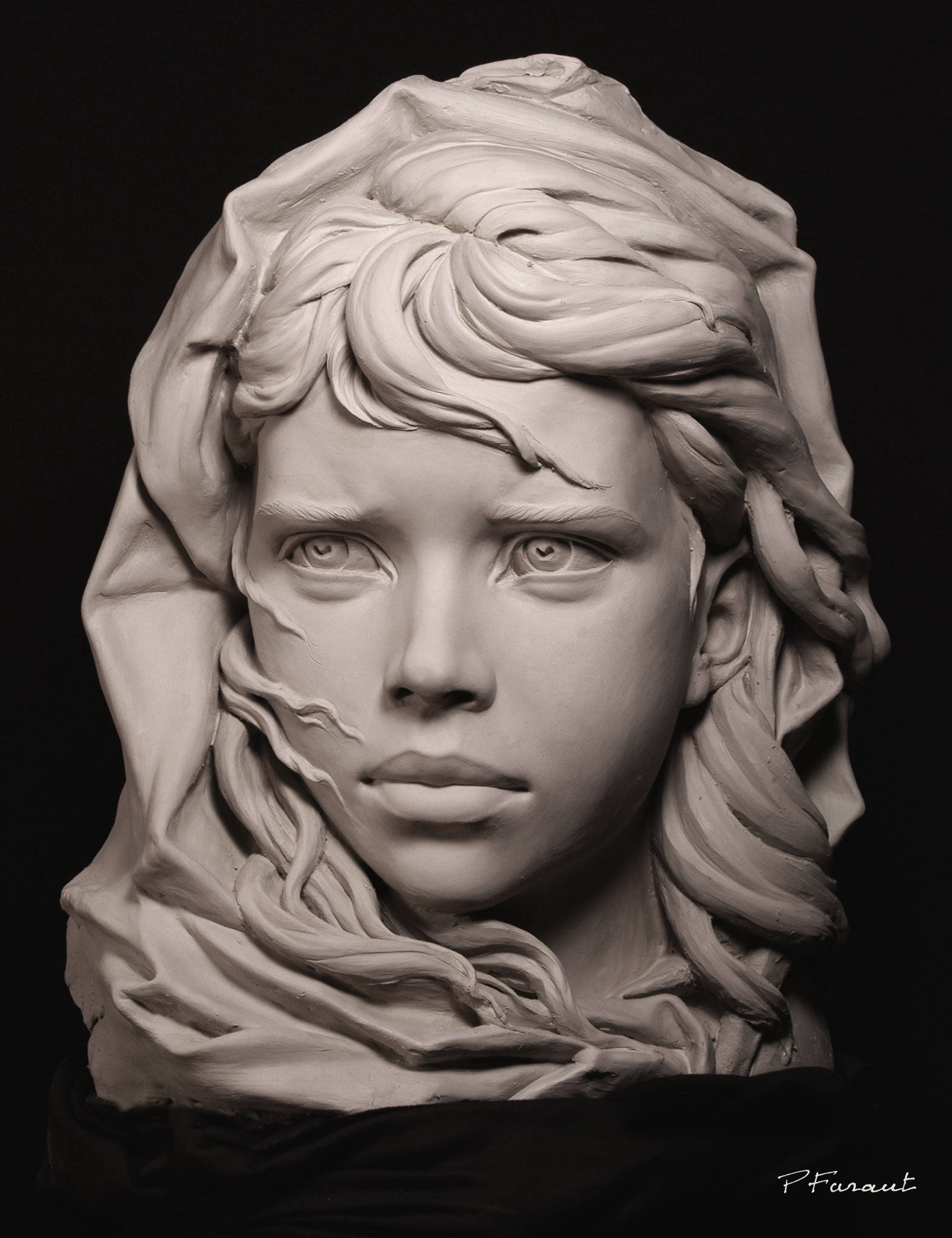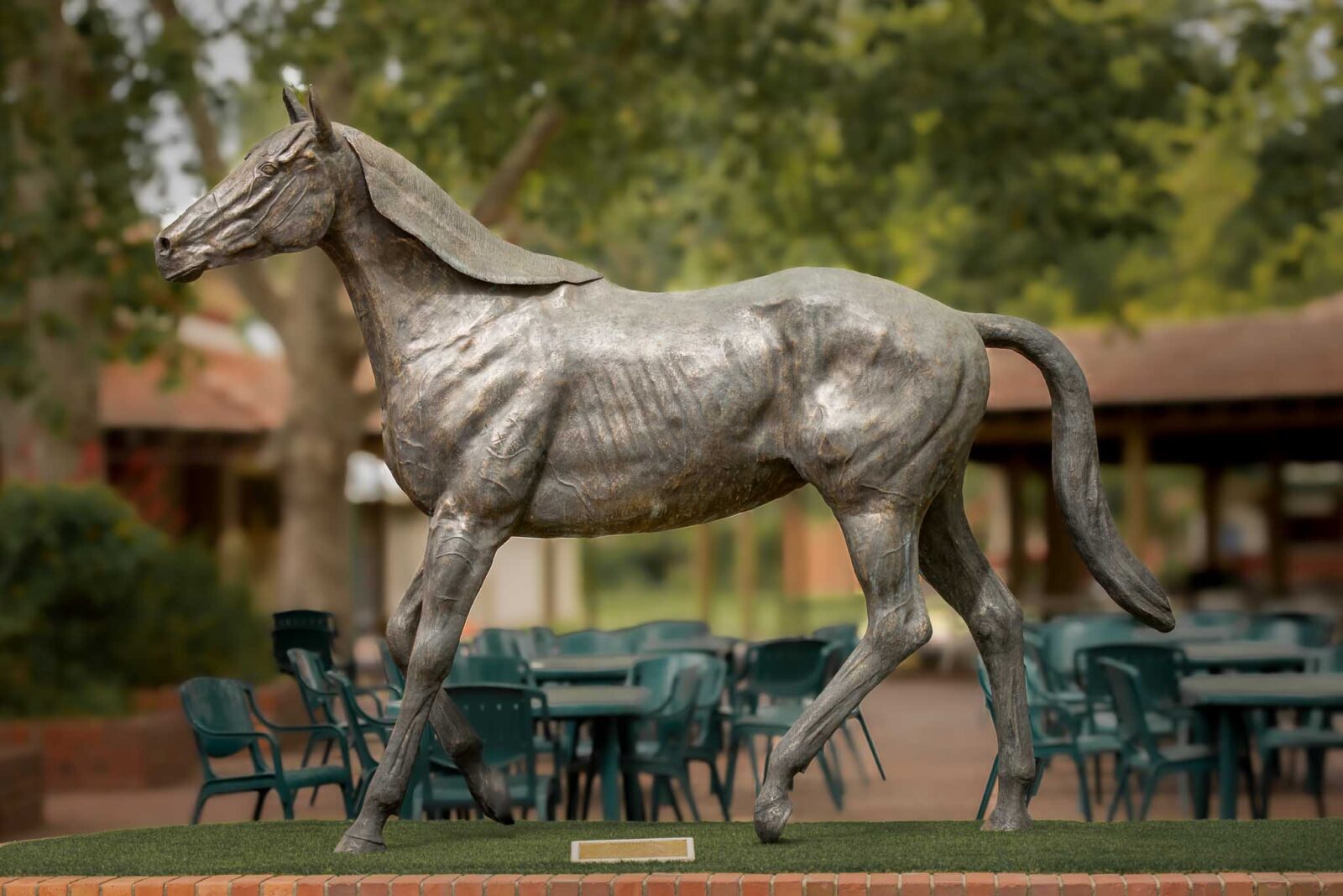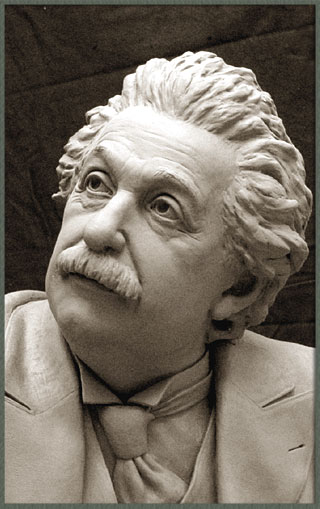Portrait Sculptor: Capturing Essence in Three Dimensions
Wiki Article
Sculptures as an Expression of Human Emotions
Sculptures have long been admired as an effective tool for revealing the depths and complexities of human emotions. Via the competent manipulation of make-up, type, and appearance, artists have the capacity to catch the intangible significance of pleasure, unhappiness, love, anger, and hope. These tangible masterpieces serve as an aesthetic representation of the variety of feelings that specify the human experience. From the peaceful beauty of a grinning face to the raw intensity of a contorted number, sculptures supply a classic and distinct window right into the world of human emotions. With each chisel stroke and clay molding, artists breathe life right into their developments, allowing us to reverberate and link with the psychological stories they communicate. In this exploration, we will certainly look into the profound effect that sculptures have in expressing and stimulating human emotions.The Power of Catching Delight and Joy
The inherent power of sculptures hinges on their capacity to catch and share the extensive emotions of happiness and joy through the experienced adjustment of kind and product. Sculptures have been made use of throughout history as a way of sharing human feelings, and delight and happiness are amongst one of the most common emotions illustrated in these art kinds.One of the methods sculptures catch pleasure and happiness is through the cautious choice and adjustment of form. Artists utilize numerous techniques to create sculptures that evoke a feeling of pleasure, such as portraying figures in vibrant and uplifting presents, or making use of flowing curves and lines to develop a sense of activity and energy. The option of product likewise plays a significant role in conveying these emotions. Sculptors typically utilize materials that have a natural warmth and vibrancy, such as bronze or marble, to enhance the happy and cheerful qualities of their work.
In addition, the proficient usage of facial expressions and gestures in sculptures can properly communicate delight and joy. Musicians thoroughly sculpt the smiles, giggling, and expressions of joy on the faces of their topics, bringing them to life and capturing the significance of these emotions. The positioning of the body and the gestures represented by the sculpture can likewise communicate a feeling of happiness and happiness, whether it is a number with outstretched arms, dancing, or welcoming others.
Checking Out the Depths of Despair and Sadness
An expedition into the midsts of unhappiness and sorrow can be accomplished through the expressive sculptures that capture the significance of these profound feelings. These sculptures function as an aesthetic representation of the human experience, permitting customers to connect with their very own feelings of unhappiness and sorrow on a much deeper level.Through the experienced manipulation of structure, expression, and form, artists can communicate the complex feelings connected with unhappiness and sadness. The use of extended, hunched numbers or bent, anguished expressions can generate a sense of anguish and grief. The option of products, such as cool, harsh stone or dark, weather-beaten steel, can better enhance the melancholy and melancholic mood of the sculptures.
In addition, the power of these sculptures hinges on their ability to transcend language obstacles - Bronze Sculptures. Despite social or etymological differences, the universal language of art enables individuals from varied histories to attach and understand with the feelings depicted in these sculptures. Equine Sculptures. It is through this common experience that a sense of catharsis and understanding can be attained
Revealing the Complexity of Love and Wish
Unveiling the details of love and longing, sculptures use a profound expedition into the intricacy of love and desire. Via using numerous materials and strategies, sculptors have actually been able to catch the essence of these powerful feelings and convey them in substantial forms. Love, with its lots of measurements and nuances, is a topic that has mesmerized musicians throughout history. From the tender accept of a pair to the passionate complication of bodies, sculptures have illustrated the varied expressions of love and desire.One such instance is Auguste Rodin's legendary sculpture, "The the original source Kiss." This masterpiece depicts 2 fans secured an intimate embrace, their bodies braided in a minute of extreme passion. The sculpture not only catches the physical connection in between the fans but also evokes a deeper psychological bond. The detailed information and the experienced workmanship emphasize the complexity of their love and desire.
Sculptures also explore the darker side of love and desire, unveiling the complexities that can occur from these intense emotions. Equine Sculptures. Some sculptures show the torture and misery that can come with unrequited love or the devastating power of compulsive need. These art work serve as a pointer that love and wish can be both challenging and stunning, bringing delight and pain in equal action
Sharing Temper and Stress Via Sculptures
With the portrayal of strained positions and contorted kinds, sculptures reveal the intensity of temper and frustration. Musicians have long turned to the tool of sculpture to share these powerful emotions, making use of numerous methods to capture the raw energy and turmoil linked with anger and stress.
One usual strategy is to illustrate figures in confrontational or aggressive postures. The muscle tension and clenched fists of a sculpture can stimulate a feeling of bottled-up anger, while twisted limbs and bent faces can convey the frustration really felt by the topic. These physical symptoms of emotion function as a graph of the internal turmoil experienced by individuals in minutes of temper and irritation.
Additionally, musicians frequently use meaning and allegory to improve the psychological effect of their sculptures. Sharp, rugged edges or busted forms can symbolize the harmful nature of temper, while heavy, challenging structures can represent the weight of stress. By integrating these components into their job, artists are able to connect the intensity and complexity of these feelings in a visually striking and substantial manner.

Revealing Hope and Strength in Sculptural Form
Sculptures embodying hope and durability are a testimony to the unbeatable spirit of the human experience. These artworks function as powerful symbols of optimism and strength despite difficulty. Through the skilled adjustment of products, artists are able to capture the essence of hope and durability, producing sculptures that uplift and influence.
One example of a sculpture that symbolizes hope is "The Winged Success of Samothrace." This ancient Greek statue portrays a winged goddess standing atop a ship's prow, her garments billowing in the wind. The sculpture shows a sense of accomplishment and determination, signifying the power of want to overcome obstacles.

Sculptures that reveal hope and resilience serve as suggestions of the human ability to withstand and flourish despite difficulty. They influence us to persist, to discover strength in ourselves, and to believe a brighter future. These art work speak with the universal human experience, offering relief and support to those who encounter them.
Verdict
In verdict, sculptures offer as an effective medium for revealing a broad range of human feelings. By removing individual pronouns, the focus continues to be on the global nature of these emotions and the ability of sculptures to share them in a substantial and long-lasting fashion.Sculptures have actually long been respected as a powerful medium for revealing the midsts and complexities of human feelings. From the calm appeal of a smiling face to the raw strength of a bent figure, sculptures provide a one-of-a-kind and classic home window into the world of human feelings. In this exploration, we will certainly dig into the extensive effect that sculptures have in expressing and evoking human emotions.
In verdict, sculptures serve as a powerful tool for expressing a vast variety of human emotions (Contemporary Sculptures). By removing individual pronouns, the emphasis remains on the universal nature of these feelings and the ability of sculptures to convey them in a tangible and enduring way
Report this wiki page